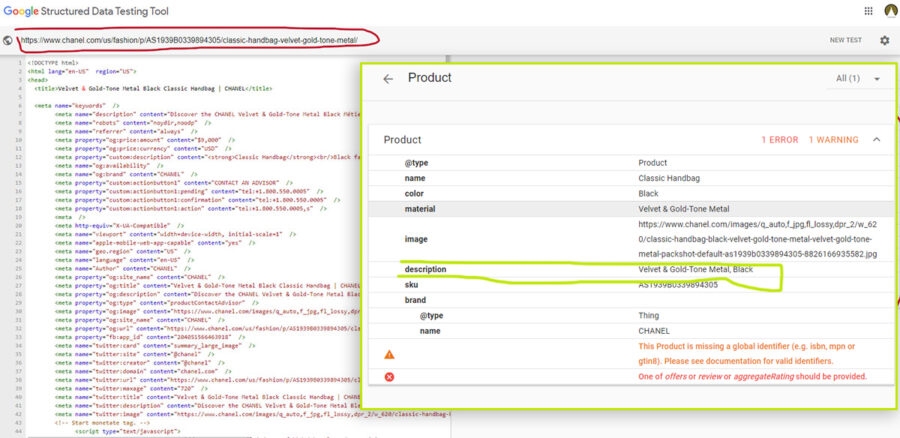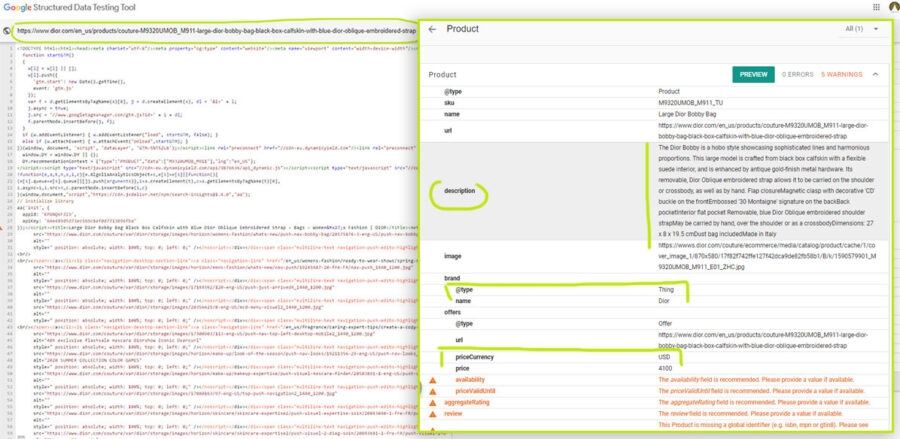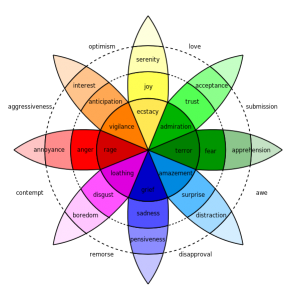Analysis of organic visibility patterns during Google core algorithm update
To better understand how Google categorizes different websites, we went through the exercise of analyzing the organic visibility index for two luxury clothing brands Chanel and Dior, using SISTRIX visibility index tool. SISTRIX visibility index is based on the combination of the number of keywords your site ranks for, the search volume for those keywords and the click through rate.
The analysis covers the period from January 2019 to June 2020. Let’s keep in mind here that these are both e-commerce shopping websites, so the main purpose of the pages is to provide as much detailed information about their products and have users take action to buy products. Looking at the graph below we noticed similar patterns on the organic visibility for both Chanel and Dior throughout at least four Google algorithm updates (March 2019, June 2019, September 2019) with Chanel’s visibility being slightly more volatile than Dior’s. But, then right after the January 2020 Google core update, which was a lot bigger than the previous updates, notice a bid drop in Chanel’s visibility index. As with every Google core algorithm update there are winners and losers, we can only assume here that Google was re-calibrating their trust in the domain by evaluating how the website content fulfills the three components of E-A-T, which stands for Expertise, Authoritativeness and Trustworthiness.

Organic visibility graph Chanel / Dior
Now, let’s focus on the May 2020 Google core update (see the highlighted area). One wee after the update we noticed a huge spike of + 0.415 on Chanel’s organic visibility index, while Dior went up by only +0.75. Chanel seemed to have gained back the organic visibility they lost in the January core update, and Dior also was a winner but there is less volatility in their pattern. Knowing what Google is looking for in terms of expertise on a website as stated in the Quality Raters Guidelines (QRG) document, and looking at the data volatility, our educated guess here is that Dior seems to be putting more efforts towards fulfilling Google’s E-A-T criteria.
Comparing schema markup in product pages
We also looked at the schema markup for a product page for each brand. While schema is not considered a ranking factor, a properly marked up product page sends strong signals to Google and helps search engines better understand content of the page.

Chanel product page schema markup
Highlighted are some of the obvious differences between the product markups, such as product description, product URL, price currency and price.

Dior product page schema markup
In closing thoughts, continuously optimizing your e-commerce website for user search intent, focusing on natural link building, creating a solid backlink profile from reputable sources, and publishing content that is helpful ensures your website is ready to weather future core algorithm updates. Learn more about E-A-T optimization tips here.
Digital & Social Articles on Business 2 Community
(30)
Report Post






